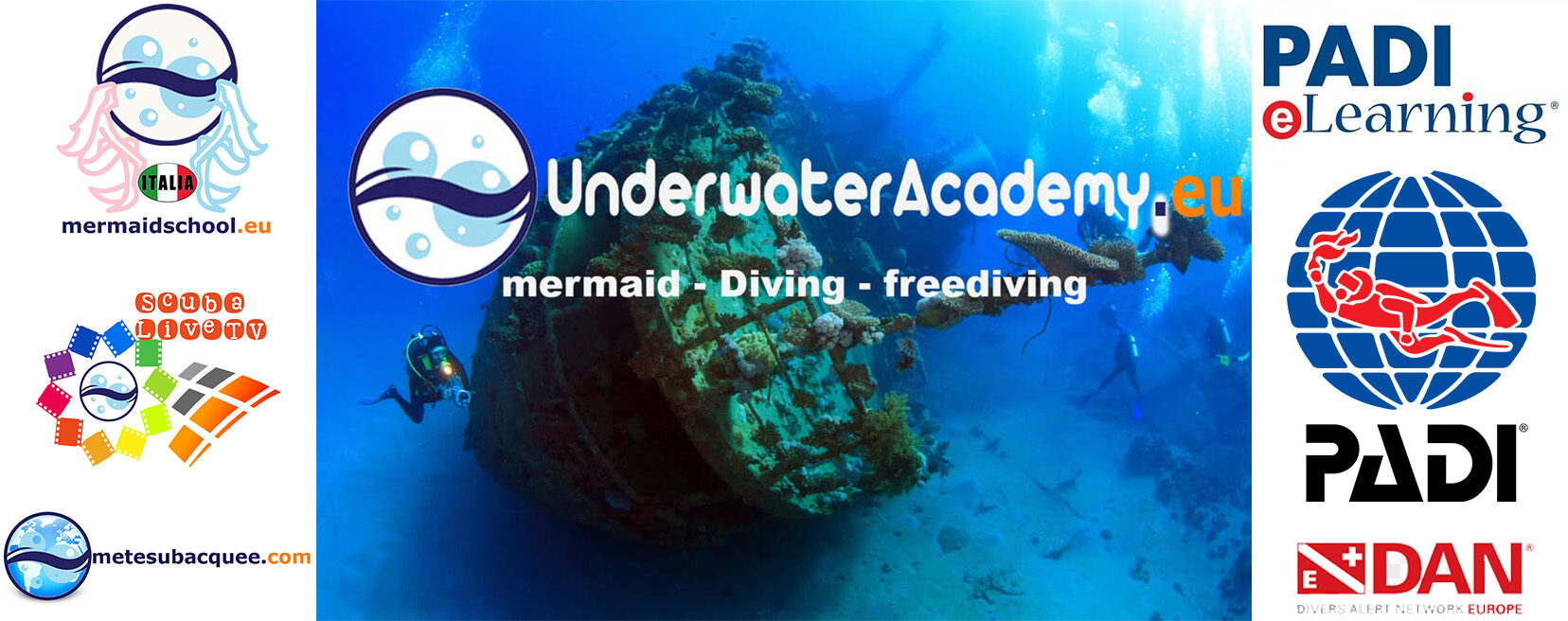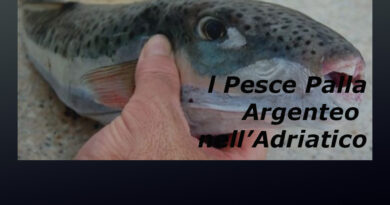Antarctica: The Extreme Continent Between Wonder and Global Threats
Green Sea World || About Us || G.S.W. Project || Education School || Collaborate with us || Contact Us ||
|| Africa || Antarctica || Asia || Australia-Oceania || Europe || North America || South America ||

Antarctica: The Extreme Continent Between Wonder and Global Threats
Antarctica, one of the most remote and inhospitable environments on Earth, is far more than just a frozen desert. It is a unique natural laboratory, an archive of our planet’s climate history, and a fragile ecosystem whose integrity has direct consequences for the rest of the world.
A World of Ice: The Challenge of Extreme Cold
Antarctica’s environmental conditions are among the harshest on Earth: temperatures plummeting to -80°C, fierce winds, and months of total darkness during the polar winter. These features make survival and exploration exceptional endeavours. The organisms living on this continent have evolved remarkable adaptations, such as the notothenioid fish, which produces a natural “antifreeze” in its blood.
Human life is limited to temporary scientific bases, where researchers study climate, geology, marine biology and astronomy. Logistical difficulties, isolation, and scarce resources make every activity a challenge.
Antarctica as the Planet’s Thermometer
Antarctica plays a crucial role in Earth’s climate balance. Its vast ice sheets reflect a large part of solar radiation and act as a freshwater reservoir. However, global warming is accelerating ice melt, contributing to rising sea levels and altering global ocean currents. Studying Antarctic ice allows scientists to reconstruct climate trends from the past 800,000 years, providing valuable insight for understanding and responding to current changes.
Extraordinary Ecosystems
Despite its apparent desolation, Antarctica hosts surprising biodiversity, especially in its surrounding waters. Emperor penguins, Weddell seals, whales, and krill are central players in a vital marine ecosystem. Krill, in particular, forms the base of the Antarctic food web and is also a strategic resource for global commercial fishing.
Threats to Biodiversity and Ecological Balance
Although isolated, the White Continent is facing several threats:
- Climate change: rising temperatures are altering habitats and may compromise the survival of many species.
- Human activity: the growing number of scientific expeditions and tourism, when not carefully managed, can introduce pollution and invasive species.
- Industrial fishing: increasing demand for krill in animal and human nutrition risks destabilising the entire marine food chain.
- Microplastics and persistent pollutants: these have even been found in Antarctic ice, proving the extent of human impact on every corner of the planet.
The Importance of Research and Conservation
International scientific cooperation in Antarctica is regulated by the Antarctic Treaty, which protects the environment and limits land use to peaceful purposes. However, strengthening the protection of this ecosystem is essential—through the establishment of marine protected areas and the careful monitoring of human activities. Every piece of data gathered here could make a difference in the global fight against climate change.







